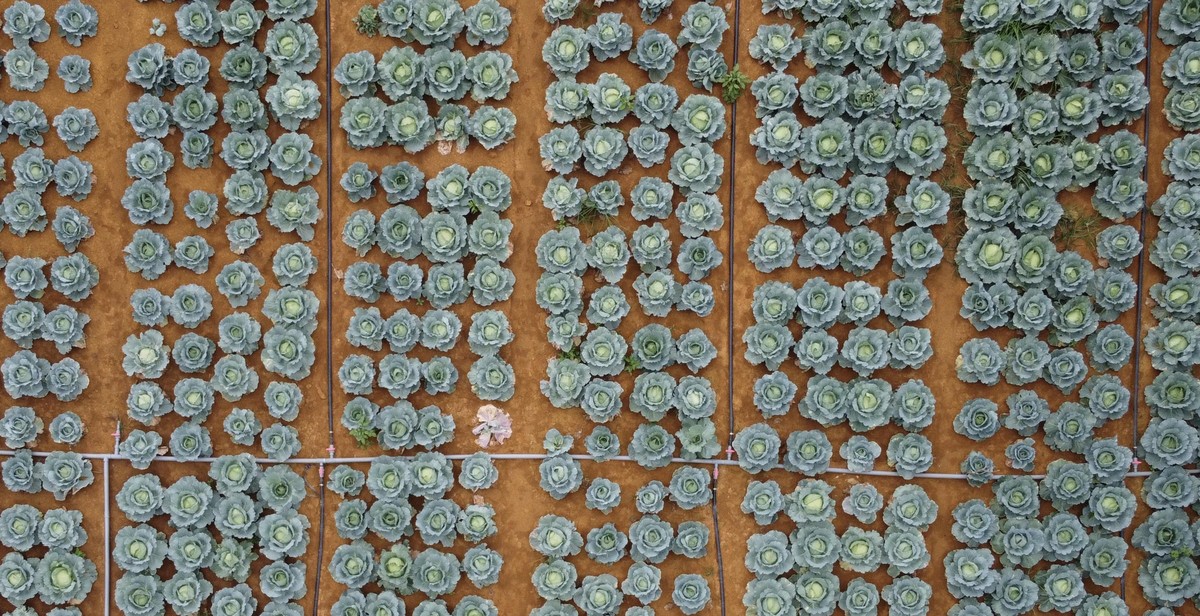How to Participate in Yield Farming and Earn Passive Income
If you’re looking for a way to earn passive income with cryptocurrency, yield farming might be the answer you’re looking for. Yield farming is a popular trend in the DeFi (decentralized finance) world that allows you to earn interest on your crypto holdings by providing liquidity to various protocols and platforms.
Yield farming involves lending your cryptocurrency to others in the ecosystem, and in return, you earn rewards in the form of interest, governance tokens, or other benefits. Unlike traditional finance, where banks and other financial institutions act as intermediaries, yield farming is decentralized, meaning there is no central authority controlling the process.
However, yield farming can be complex and involves a high level of risk. You need to understand the protocols and platforms you’re participating in, and there’s always the possibility of smart contract bugs, hacks, and other technical issues that can result in the loss of your funds.
In this article, we’ll take a closer look at how yield farming works, the risks and rewards involved, and how to get started with yield farming.
What is Yield Farming?
Yield farming is a relatively new concept in the world of cryptocurrency. It is a process that allows investors to earn passive income by lending or staking their crypto assets on decentralized finance (DeFi) platforms. Yield farming is also known as liquidity mining because it involves providing liquidity to a DeFi platform in exchange for rewards.
How Yield Farming Works
Yield farming involves lending or staking your crypto assets on a DeFi platform to earn rewards. The rewards are usually in the form of the platform’s native token, which can be traded for other cryptocurrencies or fiat money. The amount of rewards you earn depends on the amount of liquidity you provide to the platform and the duration of your investment.
For instance, if you lend your Ethereum (ETH) on a DeFi platform, you will earn rewards in the form of the platform’s native token, which can be traded for more ETH or other cryptocurrencies. The platform uses your ETH to provide liquidity to other users who need to borrow ETH. In return, the platform charges interest on the loans and distributes a portion of the interest as rewards to the lenders.
Benefits of Yield Farming
There are several benefits of yield farming, including:
- Passive income: Yield farming allows you to earn passive income without actively trading or managing your portfolio.
- High returns: Some DeFi platforms offer high returns on investment, which can be much higher than traditional savings accounts or even other forms of cryptocurrency investments.
- Diversification: Yield farming allows you to diversify your crypto portfolio by investing in multiple DeFi platforms and earning rewards from different tokens.
- Decentralization: Yield farming is a decentralized process, which means that you have full control over your assets and you don’t have to rely on centralized intermediaries like banks or exchanges.
Overall, yield farming is a promising way to earn passive income in the cryptocurrency space. However, it is important to do your own research and understand the risks involved before investing your assets in any DeFi platform.

How to Participate in Yield Farming and Earn Passive Income
Yield farming is a relatively new concept in the decentralized finance (DeFi) space that allows investors to earn high returns on their cryptocurrency holdings. It involves lending or staking crypto assets in exchange for rewards, such as interest payments or governance tokens. In this guide, we will walk you through the steps to participate in yield farming and start earning passive income.
Step 1: Choose a Platform
The first step in participating in yield farming is to choose a platform that supports this DeFi activity. There are several popular platforms available in the market, such as Aave, Compound, Uniswap, and Curve Finance. Each platform has its unique features, such as the type of assets supported, the farming rewards, and the user interface. You should research and compare different platforms to find the one that suits your investment goals and risk appetite.
Step 2: Connect Your Wallet
Once you have chosen a platform, you need to connect your cryptocurrency wallet to the platform. Most yield farming platforms support popular wallets such as MetaMask, Trust Wallet, and Ledger. You should ensure that your wallet has sufficient funds to cover the gas fees for the transactions.
Step 3: Choose a Farm
After connecting your wallet, you can choose a farm on the platform to participate in yield farming. A farm is a pool of funds that users can deposit their assets into and earn rewards. Each farm has its unique rewards, such as annual percentage yield (APY) or governance tokens. You should carefully review the rewards and risks associated with each farm before making a decision.
Step 4: Deposit Your Funds
Once you have selected a farm, you can deposit your funds into the pool. The amount of rewards you earn depends on the amount of funds you deposit and the duration of the farming period. You should ensure that you have sufficient funds to cover the gas fees for the deposit transaction.
Step 5: Start Earning Rewards
After depositing your funds, you can start earning rewards from the farm. The rewards can be in the form of interest payments, governance tokens, or other tokens. You can choose to withdraw your funds and rewards at any time, but you should consider the gas fees and the potential loss of rewards if you withdraw early.
Yield farming can be a lucrative way to earn passive income from your cryptocurrency holdings. However, it is essential to understand the risks and rewards associated with this DeFi activity and to choose a platform and farm that align with your investment goals and risk tolerance.

Risks of Yield Farming
While yield farming can be a lucrative way to earn passive income, it also comes with several risks that investors should be aware of before participating. The following are some of the most significant risks associated with yield farming:
Impermanent Loss
One of the most significant risks associated with yield farming is impermanent loss. Impermanent loss occurs when the price of the assets being traded changes, resulting in a loss of value for the liquidity provider. This loss can occur when the price of the asset being provided as liquidity changes relative to the other asset in the pool.
For example, if an investor provides liquidity for a pool that contains equal amounts of ETH and USDT and the price of ETH increases relative to USDT, the investor will experience impermanent loss. This is because the investor’s portion of ETH in the pool will be worth more than their portion of USDT, resulting in a loss of value.
Smart Contract Risks
Another significant risk associated with yield farming is smart contract risk. Yield farming typically involves interacting with smart contracts, which are self-executing contracts with the terms of the agreement between buyer and seller being directly written into lines of code. While smart contracts are designed to be highly secure, they are not infallible, and there is always the risk of bugs or vulnerabilities in the code.
If a smart contract is compromised, it can result in the loss of funds for the investor. This risk is particularly high for investors who are participating in yield farming on newer, less established platforms with untested smart contracts.
Market Volatility
Finally, market volatility is another risk associated with yield farming. The cryptocurrency market is notoriously volatile, with prices fluctuating rapidly and often unpredictably. This volatility can result in significant losses for investors who are participating in yield farming.
For example, if an investor provides liquidity for a pool and the price of the asset they have provided drops significantly, they may be unable to withdraw their funds from the pool without incurring a loss. This risk is particularly high for investors who are participating in yield farming on less stable platforms or with assets that are highly volatile.
Overall, while yield farming can be a lucrative way to earn passive income, it is not without risks. Investors should carefully consider these risks before participating and should only invest funds that they are willing to lose.
Conclusion
Yield farming is a great way to earn passive income on your cryptocurrency holdings. It involves lending your tokens or providing liquidity to decentralized finance protocols in exchange for rewards in the form of additional tokens. By participating in yield farming, you can earn a higher return on your investment than traditional savings accounts or CDs.
However, yield farming is not without risks. The value of the tokens you are farming can be volatile and there is always the risk of smart contract bugs or hacks. It is important to do your own research and only invest what you can afford to lose.
If you are new to yield farming, start with a small investment and gradually increase your holdings as you become more comfortable with the process. Make sure to read the whitepapers and understand the protocols you are farming on. Also, consider the fees and gas costs associated with participating in yield farming.
In conclusion, yield farming can be a lucrative way to earn passive income on your cryptocurrency holdings. It requires research, caution, and a willingness to take risks. If you are up for the challenge, give it a try and see if yield farming is right for you.
- Start with a small investment and gradually increase your holdings
- Read the whitepapers and understand the protocols you are farming on
- Consider the fees and gas costs associated with participating in yield farming
- Do your own research and only invest what you can afford to lose
Thank you for reading this guide on how to participate in yield farming and earn passive income. We hope it has been informative and helpful. Happy farming!
